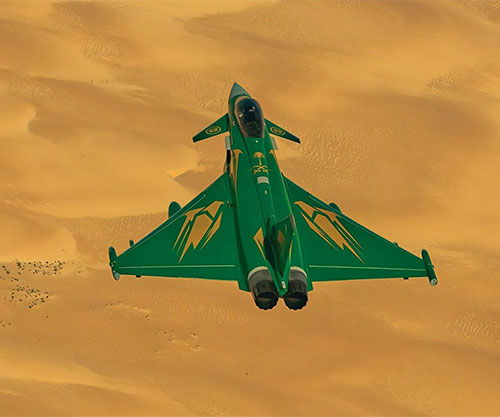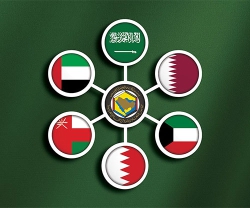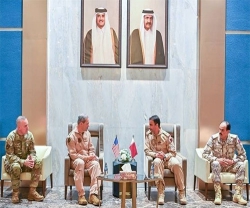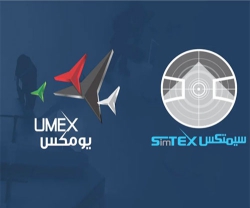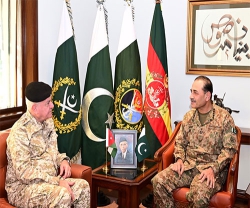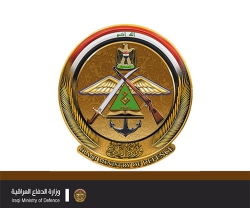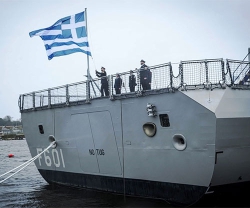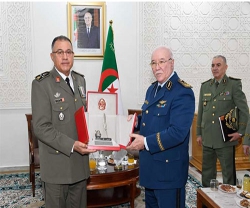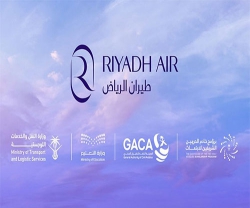The history of the Saudi Arabian Armed Forces is inextricably linked to the unification of the Kingdom under the leadership of King Abdulaziz. It was a time of immense challenges, yet the unwavering loyalty and courage of his followers proved instrumental in establishing a secure and unified nation.
The journey began with a small group of loyal men armed with swords and spears, and riding horses and camels. Their mission was to dispel fear and unite the Arabian Peninsula. Led by King Abdulaziz, they traversed mountains, plains, and valleys, uniting the diverse regions of the Kingdom, the Saudi Press Agency (SPA) reported.
The Foundation of the Saudi Arabian Army
The early stages of the Saudi Arabian Army were characterized by a focus on organization and standardization. Fighting teams were formed from both urban and desert populations, laying the groundwork for a unified military force. The establishment of military garrisons, such as the Jeddah garrison, marked significant milestones in this process.
Under the visionary leadership of King Abdulaziz, the Saudi Arabian Army underwent rapid development. The formation of regular army units, including infantry, artillery, and machine gun regiments, marked a significant advancement. The establishment of a military affairs directorate further solidified the army's structure and administration.
As the Saudi Arabian Army continued to grow, the need for a more comprehensive defense system became apparent. The formation of a defense agency, the restructuring of army units, and the establishment of a military school were crucial steps in this direction. The introduction of modern weaponry, transportation, and communication technologies further enhanced the army’s capabilities.
The Establishment of the Ministry of Defense
The increasing complexity of defense operations necessitated the creation of a dedicated ministry. In November 1943, the Ministry of Defense was established, marking a significant milestone in the development of the Saudi Arabian Armed Forces.
Successive Saudi monarchs continued to invest in the development of the armed forces. The establishment of specialized forces, the acquisition of advanced weaponry, and the training of personnel have ensured that the Saudi Arabian Armed Forces remain a formidable force.
After the death of King Abdulaziz bin Abdulrahman, his sons, the kings after him, continued to support and develop the Saudi Army, and to create specialized forces to protect the Kingdom, and equip them with the latest weapons and members trained in the best practices.
Land Forces
In October 1962, the modern era of the Saudi military began. King Faisal issued a Royal Decree appointing Prince Sultan bin Abdulaziz as Minister of Defense and Aviation and Inspector General.
Under Prince Sultan's leadership, significant reforms were implemented. In December 1976, the Saudi Arabian Army was renamed the Royal Saudi Land Forces.
Air Forces
A key priority for Saudi Arabia since the reign of King Abdulaziz has been securing the country's airspace. The first step toward building a domestic air defense capability came in 1929, when the Kingdom acquired British Westland Wapiti fighter aircraft. Initially based on Dareen Island in the Eastern Region, these aircraft were primarily used for surveillance and reconnaissance missions.
Recognizing the growing importance of air power, King Abdulaziz ordered the transfer of the aircraft to Jeddah in 1930, and established the first Saudi Aviation School, which focused on training pilots and maintaining aircraft, laying the foundation for the Kingdom’s future aviation capabilities.
Following the unification of the Kingdom, King Abdulaziz recognized the need to further develop the military air force. To address the shortage of trained personnel, he requested the British government to provide training for Saudi air crews.
Under the leadership of Minister of Defense and Aviation Prince Sultan bin Abdulaziz, the Air Force underwent significant changes. It was relocated from Jeddah to Riyadh, and its name later became the Royal Saudi Air Forces.
Air Defense
In response to the Kingdom’s evolving needs and the importance of protecting its vital assets, Saudi Arabia established an air defense force as part of the artillery corps within the land forces. Recognizing the expanding role of air defense, a Royal Order was issued in 1984 designating air defense as a specialized independent force, officially named the Royal Saudi Air Defense Forces.
Naval Forces
Given Saudi Arabia's extensive coastline along the Arabian Gulf and the Red Sea, establishing a naval force to protect the Kingdom’s territorial waters became a strategic necessity. In 1957, the Royal Saudi Naval Forces were formed, initially known simply as the Navy.
Today, the Ministry of Defense, with its various forces and branches, enjoys the unwavering support of Custodian of the Two Holy Mosques King Salman bin Abdulaziz Al Saud and HRH Prince Mohammed bin Salman bin Abdulaziz Al Saud, Crown Prince and Prime Minister. Under the close guidance of Minister of Defense Prince Khalid bin Salman bin Abdulaziz, the ministry is actively working to elevate the Saudi armed forces to world-class standards.
A key component of this effort is the Ministry of Defense development plan, which outlines a new vision and strategy, a targeted operational model, an organizational structure, governance principles, and human resource requirements.
Aligned with the National Defense Strategy, this comprehensive plan aims to ensure the continued modernization and effectiveness of the Saudi Armed Forces.

